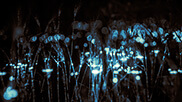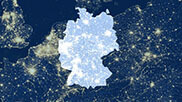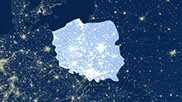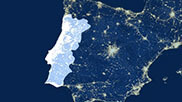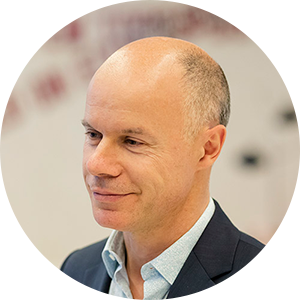

During the 1970´s the world´s economies accelerated their development with the support of fossil fuels. Meanwhile, ecology was born and joined the broad discussion. Back then the mainstream claimed that pollution was inevitable if we wanted to progress as a society.
Fifty years later we are taxing CO2 emissions, ecology developed into the broader sustainability and technology development has been allowing the electrification of society.
We, the people who have been working in the utility sector, knew all along that electricity was the solution if it could be generated by renewable sources. It’s clean, safe, easy to use and can reach everyone. Nevertheless, it couldn’t be stored, we had a balancing problem, the most basic one, to match supply and demand.
New technology has completely challenged that system. We have renewable energy sources, distributed throughout the grid and some of them can store electricity. Energy isn’t flowing one way but back and forth instead.
On one hand, we need a decentralized (transactive) electric system where it is possible for any consumer to generate its own local energy and sell its local flexibility wherever it is and whenever it makes economic sense. On the other, we are aiming to be more efficient and, through flexibility, are flattening the energy curve.
Yes, there was an energy curve to flatten, long before Covid-19. With a passive electric system, we experience a peak during dinner and a drop in the early hours of the morning. The grid is overdimensioned, unefficient, with a lot of underused capacity throughout the day. With a smartgrid we can adjust continuously supply and demand and explore the grid’s capacity up to its physical limit.
Smartgrids have been deployed all over Europe by the Distribution System Operators (DSO). We can now have information about every node in the grid through data transmission, its “central nervous system”. New players are welcomed to make this dream come true.
Aggregators and market platforms are part of the solution. But we need to challenge the actual barriers, developing a meshed system of open information exchange and safe grid switching. That’s why, in EUniversal project, DSOs are cooperating with new players, all of them being part of the solution, all of them aiming at a distributed, open, agnostic, adaptable and interoperable system, allowing for the participation of the consumer.
The consumer is, in fact, the main character in this story. Either just as a consumer or also as prosumer or even in an energy community, the user will be in control of her flexibility capacity and, with the contribution of the whole society, we will be able to build a greener future for our children.
Shared Knowledge
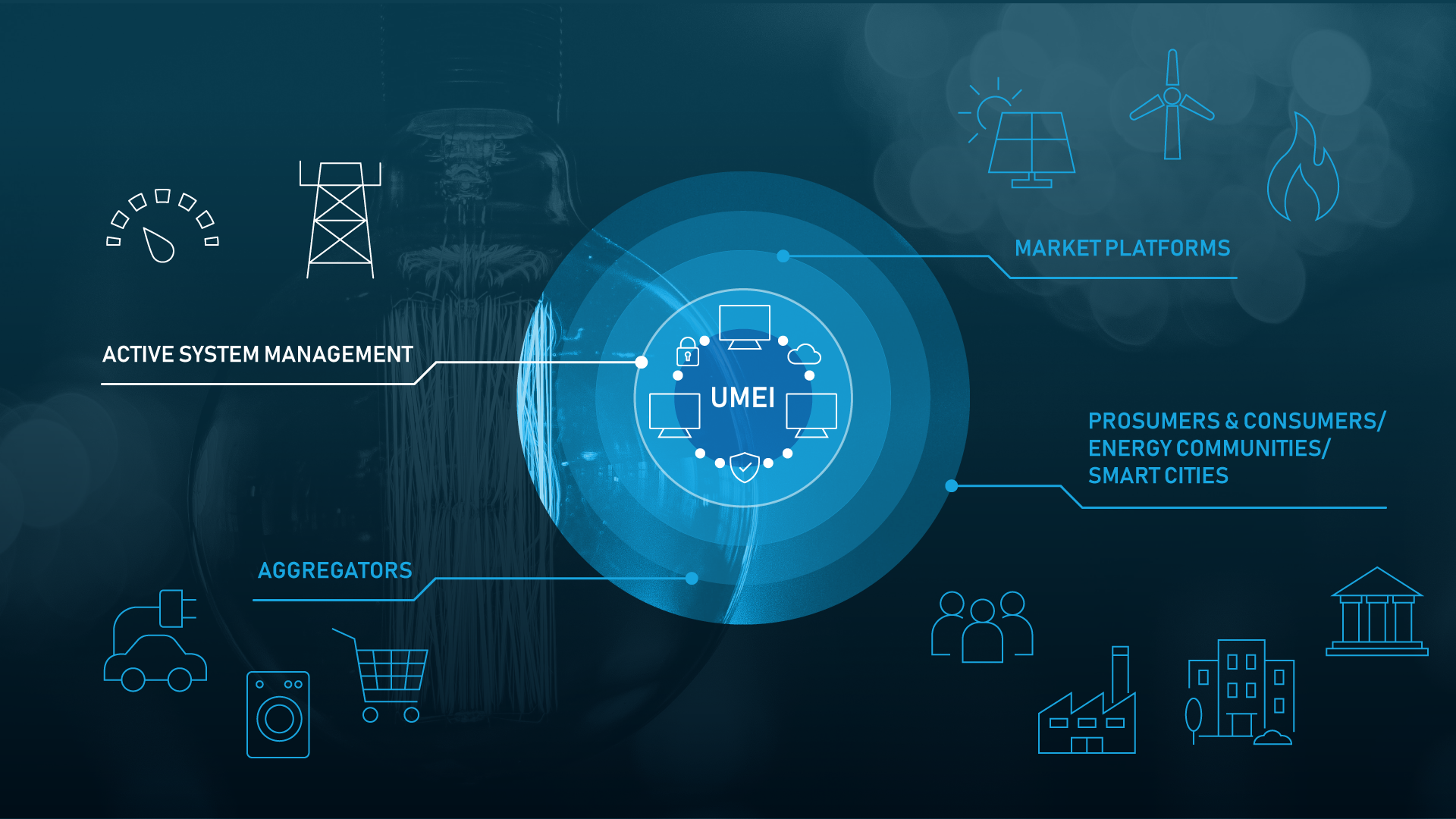
UMEI – EUniversal key innovation factor

A Smart Design of Flexibility Markets – the essential piece of the DSO puzzle
Cookie settingsRead MoreACCEPT


